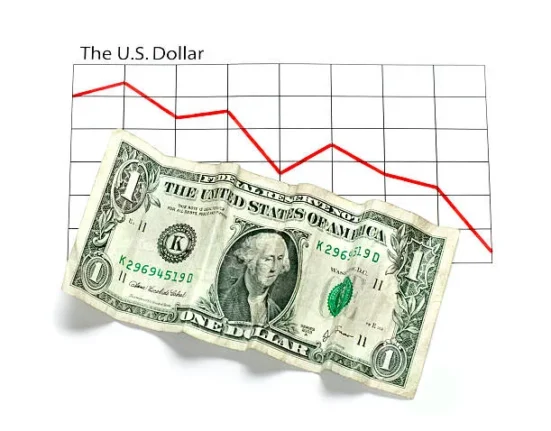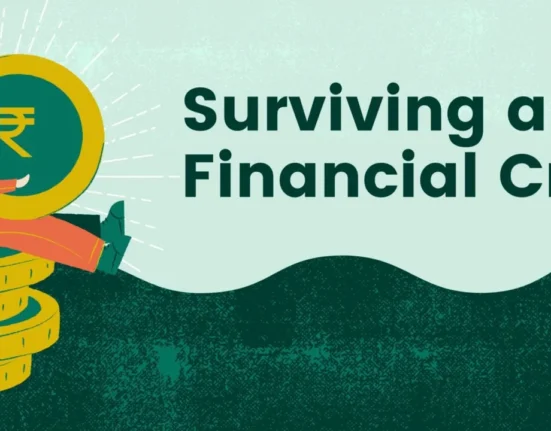When I decided to save $10,000 within a year, let me tell you, it seemed I was reaching for the stars. Whether it was paying for my apartment, buying food, or eating out sometimes, my balance felt as if it was dwindling much more than it was increasing. But with determination, discipline, and a completely different approach, I managed to reach that target and found out how a small step-by-step work done could bring a tremendous result in terms of financial gains. Here is the detailed procedure I followed and the strategies that yielded the best money-saving tips.
The Wake-Up Call – Why I Needed to Save Money
This was approached by a reality check being performed on the populace. For years, I just earned my salary and struggled daily; I had no money in savings or investments or plans for the future. I could have been financially ruined by one bad car repair or a huge medical bill. That’s when I had to set a goal to save money, not only for a specific period or for some urgent needs, but for the future. I started with a budget by keeping track of my monthly expenses and seeing how I wasted my money on useless subscriptions, spur-of-the-moment purchases, and coffee from Starbucks every morning.
Tip #1: Automate Your Savings
The first law of savings ensures that everyone sets aside part of their income for savings. I made a regulation that systematically transferred 20% of every paycheck to a high-yield savings account before I even got my hands on it. It was very much an ‘out of sight, out of mind’ tactic, which meant that I could manage to spend less without relying on self-control alone. I raised this percentage over time every time I got a raise or reduced my expenditures.
Tip #2: Slash Fixed Expenses
I reviewed all my monthly subscription services and tried to get a better deal on my internet, cell phone, utilities, television service, and insurance. Reducing a costly phone plan can, on average, save $40 per month. I also decided to reduce the size of the apartment that I lived in and seek accommodation that is cheaper to pay for. As making lifestyle changes may have been quite uncomfortable, the additional $300 per month was worth it.
Tip #3: Embrace the “No-Spend” Challenge
I decided to live a life of no spending at all and aimed to not spend a single dollar for one weekend in the month. There was no takeout, no online shopping, and no entertainment costs. I stayed home and cooked meals while exercising and doing activities at nearby, free parks, and I resumed activities I had abandoned. Such challenges sharply intervene, force you out of impulsive spending, and help you find joy in a simple life.
Tip #4: Master Meal Planning
Food was one of the calamities I never thought I could control since it always emptied my wallet in the blink of an eye until I resorted to buying food for the week. I made my shopping lists according to sales and stocked them with essentials such as rice and beans, thus preventing my food from spoiling by consuming it and using the remaining portions to create a new dish. Reducing food waste and not ordering meals at the last minute has saved me an additional $200 in computing costs monthly.
Tip #5: Turn Skills into Side Hustles
I used my writing skills to freelance on weekends, earning $500 to $800 monthly. Some might deliver food through ride-sharing apps, sell homemade items online, or freelance as tutors. Thus, the solution is to look for something very elastic that suits your capability; every dollar earned at this place was saved.
Tip #6: Cash Over Cards
It became possible to restrict targets to their daily or weekly spending on cash for discretionary items such as dinner or clothing shopping. The idea of physically losing money each time I purchased something non-essential made me reconsider such expenses. I also included a 24-hour cooling-off period whereby if you make an impulse buy online or via the internet, you have the right to cancel it within 24 hours.
Tip #7: Celebrate Milestones
Saving $10,000 didn’t happen overnight. To ensure that I committed myself to and remained committed to keeping the money, I allowed myself a small incentive every time I saved $1000, such as having a picnic in the park or giving myself a beautifying facial. These episodes also affirmed that fun and frugality are not mutually exclusive.
The Best Way to Save Money?
If someone once asked me how to save money optimally, I would advise you to begin from where you are. Even saving $5/day adds up to $1,825/year. However, the best money-saving tips to lessen spending do not revolve around restrictive measures; instead, they are about having purposeful goals. Always record your expenses, look for losses, and isolate and eradicate them one at a time.
Unexpected Benefits Beyond the $10,000
I learned more than how to be thrifty; it altered the way I think. As a result, I felt I became more innovative, more practical, and even more joyful. Therefore, it was the emphasis on experiences rather than things: I accumulated memories rather than things.
You Can Do It Too
It took time to save $10,000 in a year, but getting that and the relief it provided were priceless. The same goes for debt elimination, buying a car or a home, or any financial freedom or achievement one may have in mind. Save money automatically, reduce costs creatively, and always be consistent. Of course, the best way to save money is to assume you can and then do something about it.
Living on a budget and building lifelong habits will help you achieve the tasks and outcomes you’ve always dreamed of. It doesn’t matter when you start, though today is the best day to begin.









1 Comment